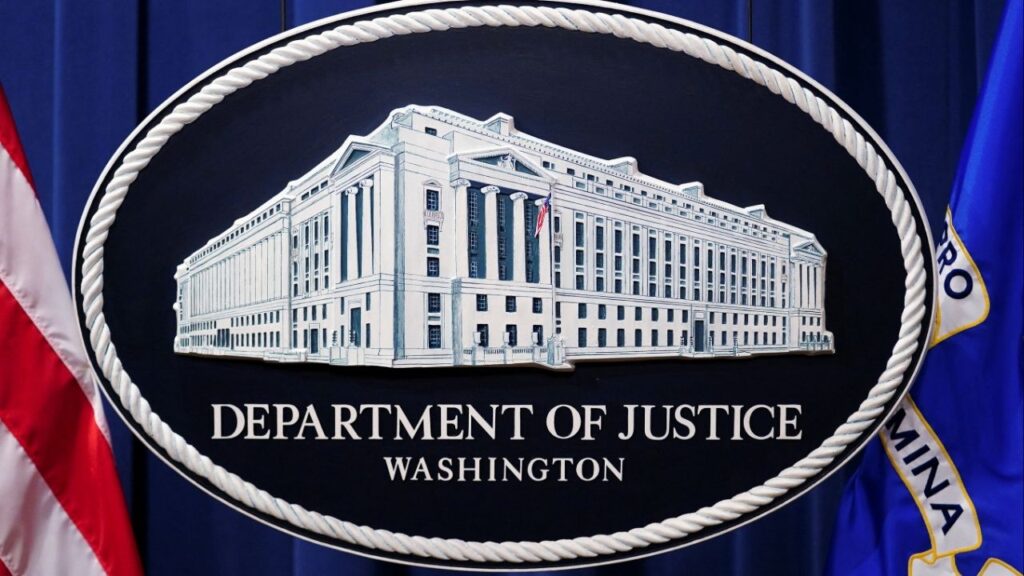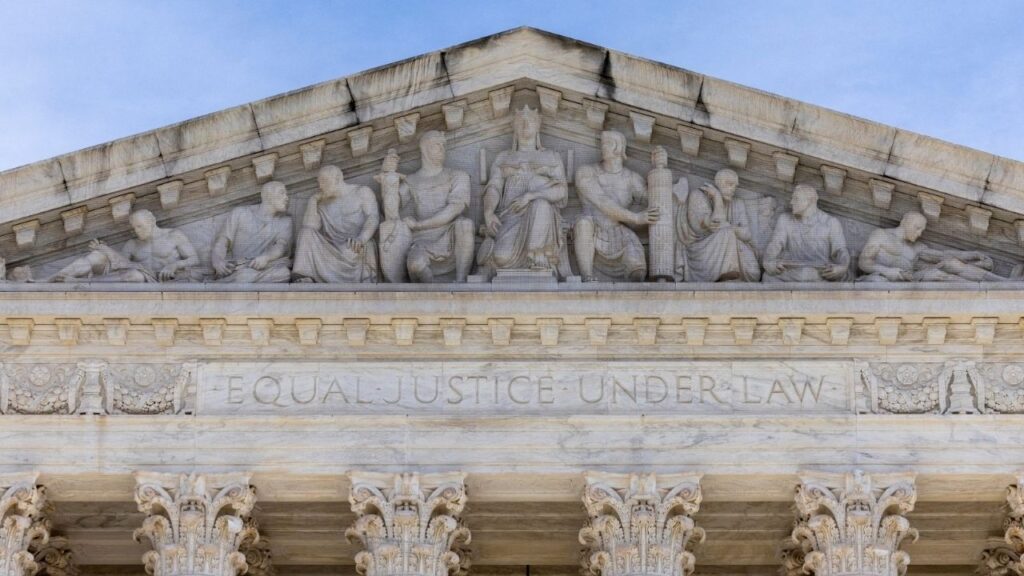Share
|
Getting your Trinity Audio player ready...
|
NEW YORK — The yield on the 10-year Treasury has reached 5% for the first time since 2007. That matters for everyone, not just Wall Street.
Treasury yields have been climbing rapidly, with the 10-year yield rallying from less than 3.50% during the spring and from just 0.50% early in the pandemic. Monday morning, the yield on the 10-year Treasury was at 4.96% after hitting 5.02% earlier. The jump means the U.S. government must pay more to borrow money from investors to cover its spending.
In fact, as of September 2023 it costs $879 billion to maintain the national debt, which is 14% of total federal spending, according to the Treasury Dept.
It also directly affects people around the world, because the 10-year Treasury yield is the centerpiece of the global financial system and helps set prices for all kinds of other loans and investments. Besides making it more expensive for U.S. homebuyers to buy a house with a mortgage, higher yields also put downward pressure on prices for everything from stocks to cryptocurrencies. Eventually, they could help cause companies to lay off more workers.
Higher yields mark a sharp turnaround for a generation of consumers and investors who have known pretty much just low yields, as central banks kept benchmark interest rates pinned at nearly zero. Such low rates let people borrow money more easily, which helped economies to strengthen following the 2008 financial crisis, the European debt crisis and other maladies including, most recently, the COVID-19 pandemic.
The low rates led to rising prices for houses, stocks and other investments, but they may also have encouraged too much risk-taking and spurred investment bubbles.
Now, central banks are more concerned with getting high inflation under control. To do that, they raise interest rates and hope the higher costs to borrow will starve inflation of its fuel by bringing down spending.
The Fed’s main interest rate affects extremely short-term loans, those that banks charge overnight. The Fed has already pulled its federal funds rate to the highest level since 2001, and it’s debating whether to hike it one more time. Either way, it’s signaled plans to keep rates high for a while to successfully suffocate inflation.
The 10-year Treasury yield has been catching up to the Fed’s main interest rate after a string of reports has shown the U.S. economy remains remarkably resilient. While that calms worries about a possible recession caused by high rates, it could also keep upward pressure on inflation and shorter-term rates.
US Government Deficits Require More Federal Borrowing
Federal Reserve Chair Jerome Powell said Thursday that many other factors could be contributing to the swift rise in the 10-year Treasury yield. They include the U.S. government’s big deficits, which require more federal borrowing, and the Fed’s ongoing efforts to reduce its trove of bond investments built earlier to keep yields low.
On the wonkier side, bond prices have also been falling in tandem with stock prices more often than they used to. That’s unnerving for investors who usually see bonds as the safer part of their portfolios, and it could be pushing them to demand higher yields to own them.
The rise in the 10-year Treasury yield most directly means the U.S. government has to pay more to borrow money for 10 years. But because the 10-year yield is the reference point for financial markets, it also quickly filters out into all kinds of loans.
Even for companies with the best credit ratings, the interest rates they borrow at are set by adding some extra on top of whatever the U.S. government is paying for its Treasurys. Borrowers with worse credit ratings have to pay more extra than those seen as good bets to repay their debts.
More expensive borrowing keep U.S. households from spending as much and companies from expanding as much, which should eventually hit overall U.S. economic activity.
More immediately, because a 10-year Treasury is seen as one of the safest possible investments on the planet, its yield swiftly sways prices for all kinds of investments.
When a super-safe Treasury is paying much more in interest, investors feel less need to pay high prices for a Big Tech stocks, cryptocurrency or other investment that carries more risk. It’s a big reason the S&P 500 has seen its gain for the year so far tumble from 19.5% at the end of July to 10% as of Friday.
Higher U.S. yields also attract more investments from abroad, which means investors are increasingly swapping their currencies for U.S. dollars. Since the end of July, the U.S. dollar has climbed roughly 4% against the euro, 5% against the British pound and 6% against the Australian dollar.
While a stronger dollar helps U.S. tourists buy more stuff when they’re abroad, it can also add financial pressure and heighten inflation for other countries, particularly in the developing world.
Even for U.S. bond investors, the swift rise in bond yields has brought losses of their own. When new bonds are paying higher yields, it makes the older, lower-yielding bonds already sitting in investors’ portfolios or mutual funds less attractive and knocks down their price.
The largest U.S. bond mutual fund has lost roughly 3% so far in 2023 and is on track for a third straight yearly loss. That’s never happened since its birth in 1987.


















